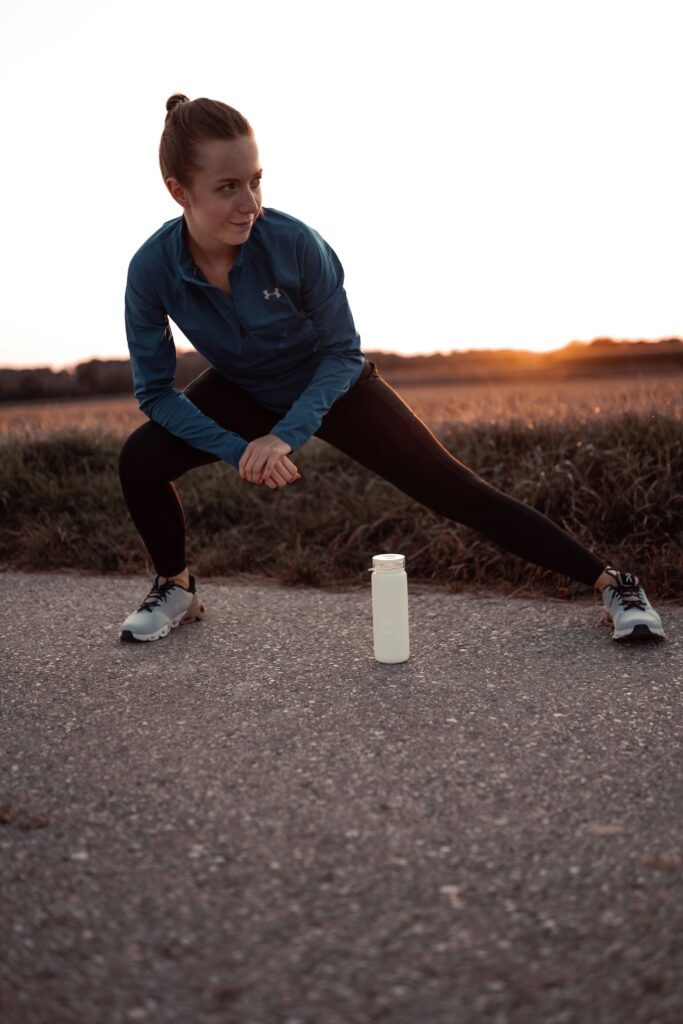The situations that occur in our lives depend on the results of the actions we take. Now, to what extent these results are positive or negative, we plan future activities. It is human nature to consider the maximum benefit for himself in anything and then how is it possible that he would make a loss deal with regard to his physical health.
Thus, man has made so much progress that today he has reached the moon. The development of information technology is such that man has developed a robot like himself with the help of artificial intelligence, which performs all the tasks with lightning speed and without fatigue. Thus, the conditions in life today are very different and easier than the conditions of the last decade.

In this world of information technology, media and social media, where there are many conveniences, significant social changes are also being seen.
The youth of our country are now addicted to laptops, video games and mobile phones. Their activities are now limited to home or video game areas. Where a decade ago it was customary to get ready in the evening and go out to play with friends, from time to time there was a series of games and entertainment on the pretext of a doll’s wedding. Breakfast was arranged at 8 am, noon meal at 1 pm and Isha at 8 pm, but now everything seems to be out of sight.
Today’s people are either busy with work or lost in mobile or social media. Meeting each other and moments of leisure are no longer available.
A recent study has proven that the benefits of physical activity on the physical, psychological and social aspects of humans are largely associated with heart disease, obesity and cancer. Physical activity in children and adolescents is associated with academic achievement, social harmony and mental health.
Similarly, physical activity has been associated with variable benefits in adults, leading to a longer and healthier life. Although there is considerable awareness globally, there is a severe lack of awareness regarding various aspects of physical activity in Pakistan.
A healthy lifestyle demands regular exercise, which is an essential part of staying fit and healthy.
Regular exercise not only helps in preventing diseases, but is also very useful in preventing weight gain. In addition, it also plays an important role in improving mental health. It can also help in preventing and treating many diseases, problems and disorders. Research published in the World Environmental Research Journal in 2021 tells us that people’s lifestyle and habits largely affect their BMI (Body Mass Index) status.
“What is BMI?” So it is a measure of body fat based on a person’s height and weight, which is applicable to adult men and women. It is calculated by dividing the weight in kilograms by the square of the height in meters. BMI can be easily calculated with a calculator, which is done using height and weight. To find out your result, multiply your weight in kilograms by your height in meters squared.
If you know how tall you are in centimeters and how tall you are in inches, you can still calculate your BMI. The formula for BMI is, “kg/m”. According to the BMI results, for adults, 18.5 to 9.24 is considered healthy, 25 to 9.29 is overweight, and 30 or more is obese. Physical activity and exercise are essential for the physical and mental health of young people.
The Centers for Disease Control and Prevention recommends that children and adolescents ages 6 to 17 engage in 60 minutes (one hour) or more of moderate-intensity physical activity every day. Physical activity and exercise are beneficial for young people in every way.
Physical health:
Physical activity and exercise help build strong bones and muscles, develop healthy hearts and lungs, and control weight.
It also helps protect against chronic diseases such as heart disease, stroke, type 2 diabetes, and some types of cancer.
Mental health:
It can help young people reduce stress, anxiety, and depression. It can also improve their mood, self-confidence, and sleep quality, because when they use their mental abilities and strength in a task and reach a conclusion, this result creates a new energy, an excitement, which leads to a feeling of happiness and relief.
Academic performance:
Numerous studies show that young people who are physically active have significantly better grades, school attendance, and academic performance than others.
Enhancement of social skills:
Physical activity can help young people develop social skills such as teamwork, cooperation and communication.
It can also help them make new friends and build relationships.
Reducing the risk of injury:
Physical activity can help young people develop coordination, balance and agility, as they are already used to exercise and work, reducing their risk of injuries and injuries such as falls and sprains.
It also boosts their immune system. There are many different ways to get physical activity in young people. For example:
Team Sports:
Football, basketball, and volleyball are excellent sources of physical activity and entertainment for young people at the same time.
Individual games:
These include running, swimming, horse riding, etc.
Apart from this, tourism can also be done.
It is important for young people to find physical activities that not only make them enjoy themselves, but also develop their abilities and skills. Parents, family members and teachers can play an important role in encouraging young people to be mentally and physically active. For example, young people should be provided with better opportunities to be active, safe places to play, and training classes should be encouraged. In addition, parents and others can also set a good example by participating in physical activities themselves.
